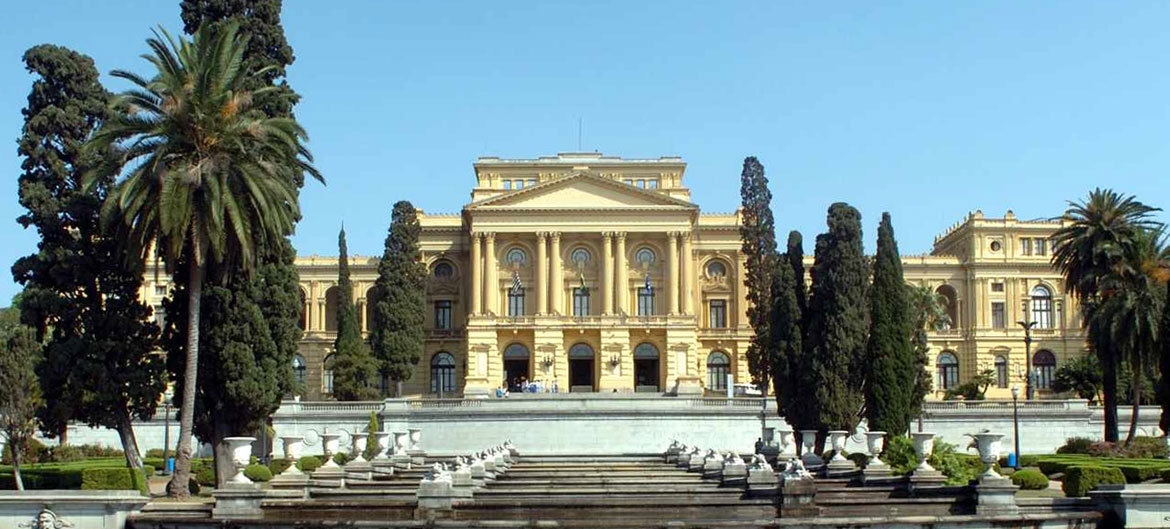University of São Paulo: USP scientists are getting closer to transforming carbon dioxide into fuels or plastics via catalysis
MEven subjected to high pressure, a new catalyst based on nickel, zinc and carbon managed to transform carbon dioxide (CO 2 ), one of the main greenhouse gases (GHG), into carbon monoxide (CO), an important intermediate for generate value-added products. “The result of our research shows that we are getting closer and closer to producing, through catalysis, petroleum derivatives, such as plastics and fuels”, celebrates Liane Rossi, professor at the Institute of Chemistry (IQ) at USP and coordinator of the study carried out. within the scope of the Fapesp Shell Research Center for Gas Innovation (RCGI).
Recently, the research was highlighted in two foreign publications. One of them is the scientific journal European Journal of Inorganic Chemistry ( Eur JIC ) which in its last November issue gave the cover to the article Zeolitic-Imidazolate Framework Derived Intermetallic Nickel Zinc Carbide Material as a Selective Catalyst for CO2 to CO Reduction at High Pressure , signed by team of researchers at USP. Aimed at the general public and not just academics, the website ChemistryViews also passed on the news.
The published work is an offshoot of a previous study, coordinated by the professor. On the occasion, the researchers found that a nickel catalyst performed better after being subjected to high temperature (800 degrees Celsius), in an atmosphere of CO 2 and hydrogen (H 2 ) or methane or propane. “This process provided an excellent catalyst for the reduction of CO 2 : it generated exclusively CO, with no sign of the less desirable product, which is methane (CH 4 )”, points out Liane. The result was published in the Journal of the American Chemical Society in March of last year.
However, the researchers were not successful in testing this same catalyst under high pressure conditions (between 20 and 100 bar) to try to adapt the reaction conditions to those required for the subsequent transformation of CO into liquid products. “When we forced the conditions for higher pressures, we realized that in addition to CO, a lot of methane was also produced”, comments Liane. “And this is a problem because we wanted to obtain only CO: because it is more reactive, it is able to form liquids with long carbon and hydrogen chains and, in this way, generate value-added products. Methane, on the other hand, is not as easily transformed into liquid products.”
The solution came about through a nickel, zinc and carbon-based catalyst developed by Nágila Maluf, a doctoral student at IQ and a member of the team of researchers coordinated by Professor Liane. “This combination changes the way molecules interact on the surface of the catalyst, compared to pure nickel,” she notes. The experiments took place in two IQ research groups: the Laboratory of Nanomaterials and Catalysis, coordinated by Liane, and the Laboratory of Sustainable Carbon, coordinated by Professor Pedro Vidinha, co-author of the work. The São Carlos Institute of Physics (IFSC) from USP and the Pacific Northwest National Laboratory (PNNL) from the United States also participated in the testing phase.
According to the researcher, catalysts are widely used in industry, but they are also used on a daily basis to purify car exhaust. “Catalysts are substances that promote chemical reactions between two or more molecules. They can be, for example, enzymes or metallic surfaces, as is the case in this study. Catalysts in general have the function of accelerating the reaction between molecules that would not react naturally, or that would only react very slowly,” she explains.
In addition, catalysts also have the function of selecting a reaction path, that is, directing the reaction to provide the desired product. “The molecules, when subjected to the catalyst at a certain temperature, bind to it and undergo a process that involves the breaking and formation of new chemical bonds, allowing new compounds to be formed and thus leave the catalyst,” says Liane. “Reactions between gases can also be benefited by increasing pressure, as in the experiment we are doing. This is because the processes already known to transform CO into liquids, such as alcohols, hydrocarbons or olefins, take place in pressurized reactors.”
According to the professor, the success in the step of transforming CO 2 into CO at high pressure is important precisely to make the integration with subsequent steps, which will use this intermediate product (CO) with other catalysts to then generate the liquid products. “The more similar the operating conditions of the two stages are, the better for the process, as we can evaluate the use of two catalysts in the same reactor. Anyway, for this process to be viable from a commercial point of view, we need to use high pressure”, points out Liane.
The team of researchers is now preparing to proceed with the study. “The next step is to use two different catalysts in the same reactor. One of them is the one based on nickel, zinc and carbon; the other, based on iron or copper”, says the teacher. According to Liane, this second catalyst should favor the reaction between CO and H 2 molecules to produce alcohols or hydrocarbons, which are value-added products. “This will be possible through the Fischer-Tropsch synthesis, a process discovered in the 1920s capable of producing synthetic fuels, but which never took off for industrial use, due to competition with cheaper products obtained directly from petroleum. Now, with global warming and a worldwide interest in processes to mitigate CO2 , the story may be different.”

